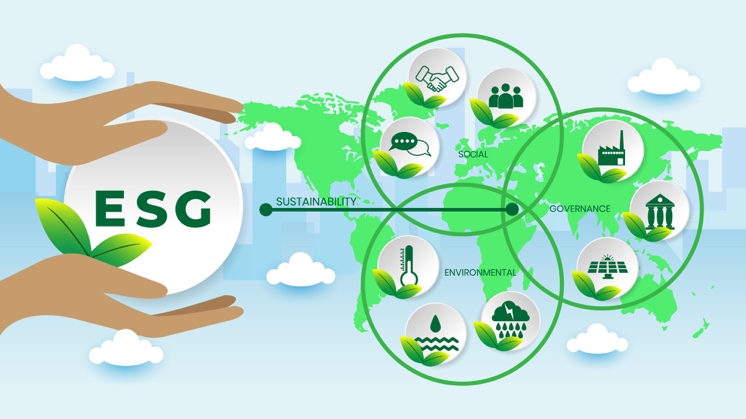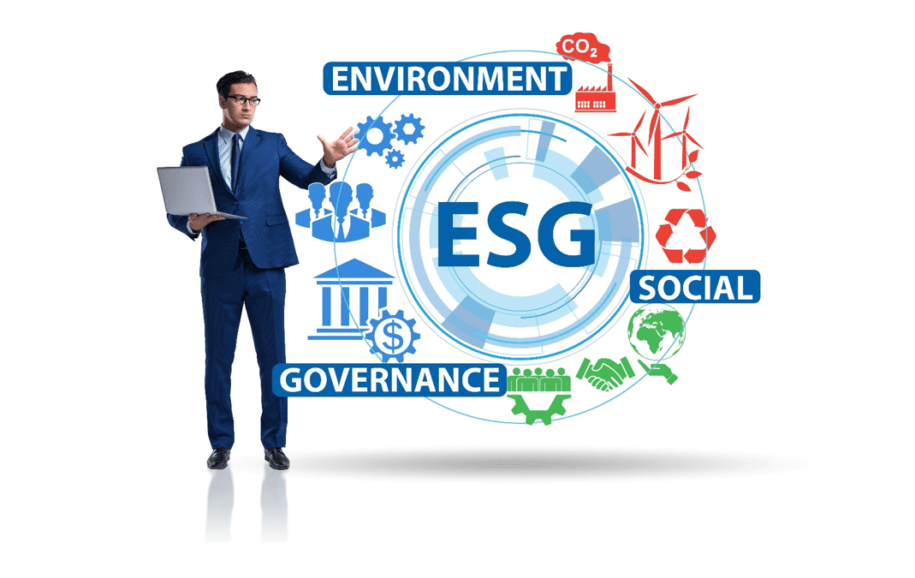In recent years, investors have become more concerned than ever with a company’s commitment to environmental and social stewardship. Thus, responsible investing standard ESG metrics has gained prominence amongst sophisticated investors.
Importance of ESG Metrics
Environmental, social and governance (ESG) issues have moved up the board’s priority list as disclosures on standard ESG metrics have grown increasingly important. With increasing scrutiny by both investors and even customers, the need for comprehensive disclosures on ESG performance cannot be overstated.
What are the essential ESG Metrics?
Each letter of ESG acronym stands for a distinct form of risk that might affect how a company impacts the environment and affects its customers, employees, regulators, and society. While all ESG risk and performance metrics are crucial, some can be called essential for almost all companies, viz:

Environmental:
An organization’s air pollution, greenhouse gas emissions, waste output and its use of scarce natural resources and energy efficiency are essential environmental factors.
Social:
Company’s health and safety, work environment, data security/privacy, product and consumer responsibility as well as contribution to community development are essential social metrics.
Governance:
These elements influence how government choices, regulation compliance, and corporate power structures impact a firm. Examples of relevant standard ESG metrics include things like statistics on the ethnicity and gender of the organization’s top executives.
Important ESG Metrics for Businesses
Reduction in Environmental Footprint
The carbon footprint of a corporation is a critical ESG score. Reduced carbon emissions can help delay climate change and protect the environment. Hence company’s are expected to report not only their caron emissions but also initiatives underway to reduce emissions and targets taken by the company that will enable them to reduce emissions to Zero over time. The Environmental impact though air emissions, materials used and water consumed also needs to be disclosed in the same framework adopted for carbon disclosures.
Good Governance
Corporates at all points have to balance conflicting priorities and make choices that can either provide short-term returns or long term sustainable growth. These decisions have to be taken for all new investments, expansion, executive compensation, exploration of new markets and launch of new products. Hence the governance framework of the organization is a critical disclosure.

Healthy, safe, and happy workers are essential for a company’s long-term success. Making improvements to the health and safety of your employees will lead to fewer workplace accidents, decreased employee turnover, and more productivity. Data safety and security, community development, consumer safety and product responsibility.
Conclusion
Investors are increasingly evaluating firms based on their standard ESG metrics performance when making investment decisions. In fact, by 2025, 50% of all managed assets in the United States will be ESG-mandated. Hence companies need to increase their disclosures on critical metrics immediately and over time cover other ESG metrics.





